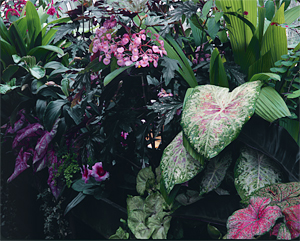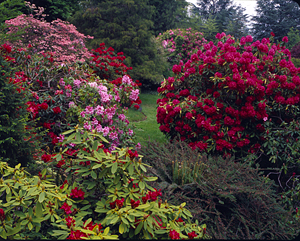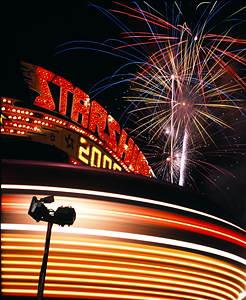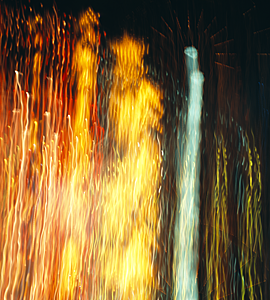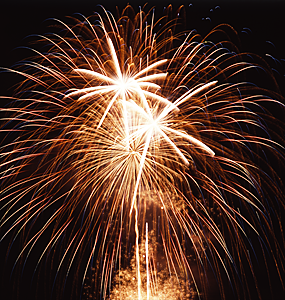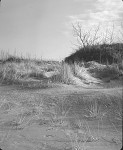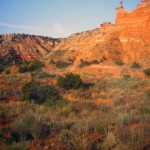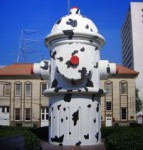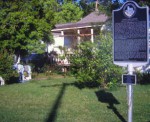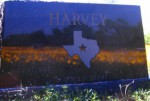In the summer of 2012 the University of Virginia’s Board of Visitors attempted the ouster of the university’s president, Theresa Sullivan. This was a bold and misguided move, which received national attention (http://www.nytimes.com/2012/09/16/magazine/teresa-sullivan-uva-ouster.html?_r=0).
Among the events that turned a “done deal” into a retreat by the Board, and a re-instatement of Sullivan, was this rally held in her support on the Lawn in front of Thomas Jefferson’s Rotunda. Professors quit their jobs amongst a general hue and cry from the academic community, which was heard around the nation.
This image is an accidental double exposure with the Sputnik. This is not a snapshooting camera! Besides the many time consuming steps required prior to releasing the shutter, there is always the possibility that in the heat of the action some steps might be forgotten. In this case, I forgot that I’d already released the shutter, when, probably five seconds later, I decided to do it again! Fortunately, the tripod mounted camera had not moved, and the result is probably better than either image would have been alone. For one, the exposure is good! For another, now the scene is full of interesting stories, as some people moved their positions in that five second interval, whereas others turned their heads (resulting in several two-faced persons), and still others barely moved at all.

